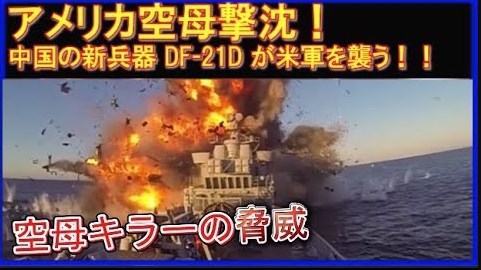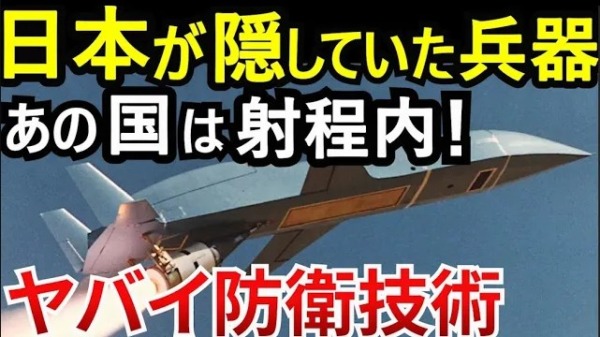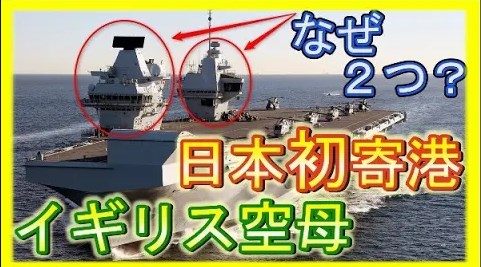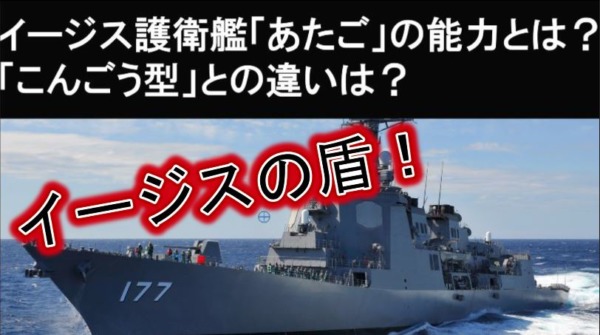
Amazonのオーディオブック12万タイトルの本を好きなだけお楽しみいただけます。・本の1冊分の月額で聴き放題
・料金をメリットが上回る
・いつでも読書できる
・読書量が格段に増え、積読が解消される
・長時間の読書も目が疲れない
・聴くたびに学びを感じる

This article is available in English.
Please scroll below the Japanese article to see the English version.
イージス艦が初めて登場したのが 1983年のことだった。
1970年代にアメリカ海軍が研究開発したイージスシステムは主に対空戦闘を目的として作られたものだった。
敵味方を自動で識別し、脅威の評価、迎撃目標の選定などをシステムが行い、突然のミサイル攻撃など人間が判断や操作をする時間がない場合、自動でミサイルを発射する。
つまり、イージスシステムは人間の判断を介さずにシステムが自動でミサイル発射までを行ってくれるのだ。
世界初のイージス艦であるタイコンデロガのネーミングは、18世紀にニューヨーク州北部に作られた「タイコンデロガ要塞」からつけられている。
![]()
アメリカ海軍のタイコンデロガに搭載されたイージスシステムは従来の艦艇とはまったく違う高度な戦闘指揮システムとして、37年たった現在でも、世界最高の防空システムとして各国海軍が採用している。
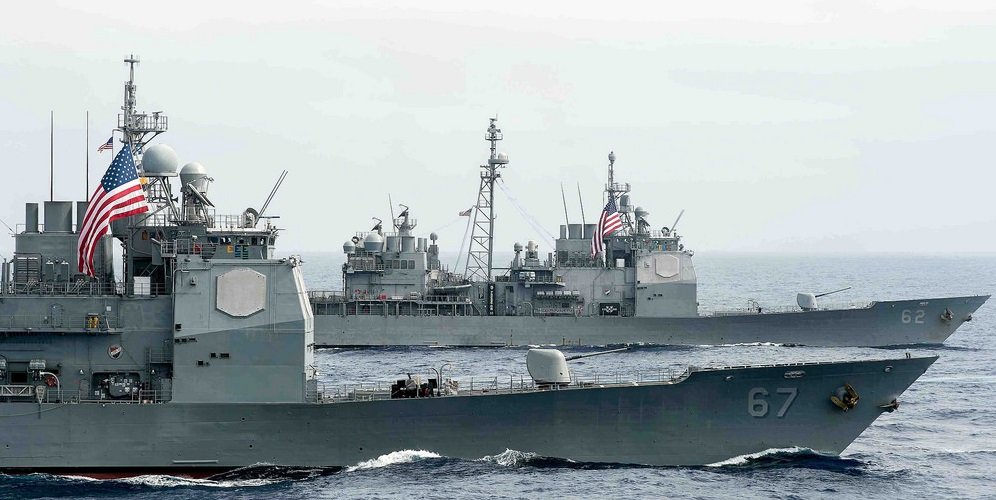
1993年、日本で始めた就役したイージス艦が「こんごう」であり、現在こんごう型4隻、あたご型2隻、まや型2隻を保有している。
まや型の2番艦である「はぐろ」は2020年現在、艤装中であり、稼動できるイージス艦は合計7隻となっている。
日本のイージス艦のネーミングは全て山の名前から付けている。
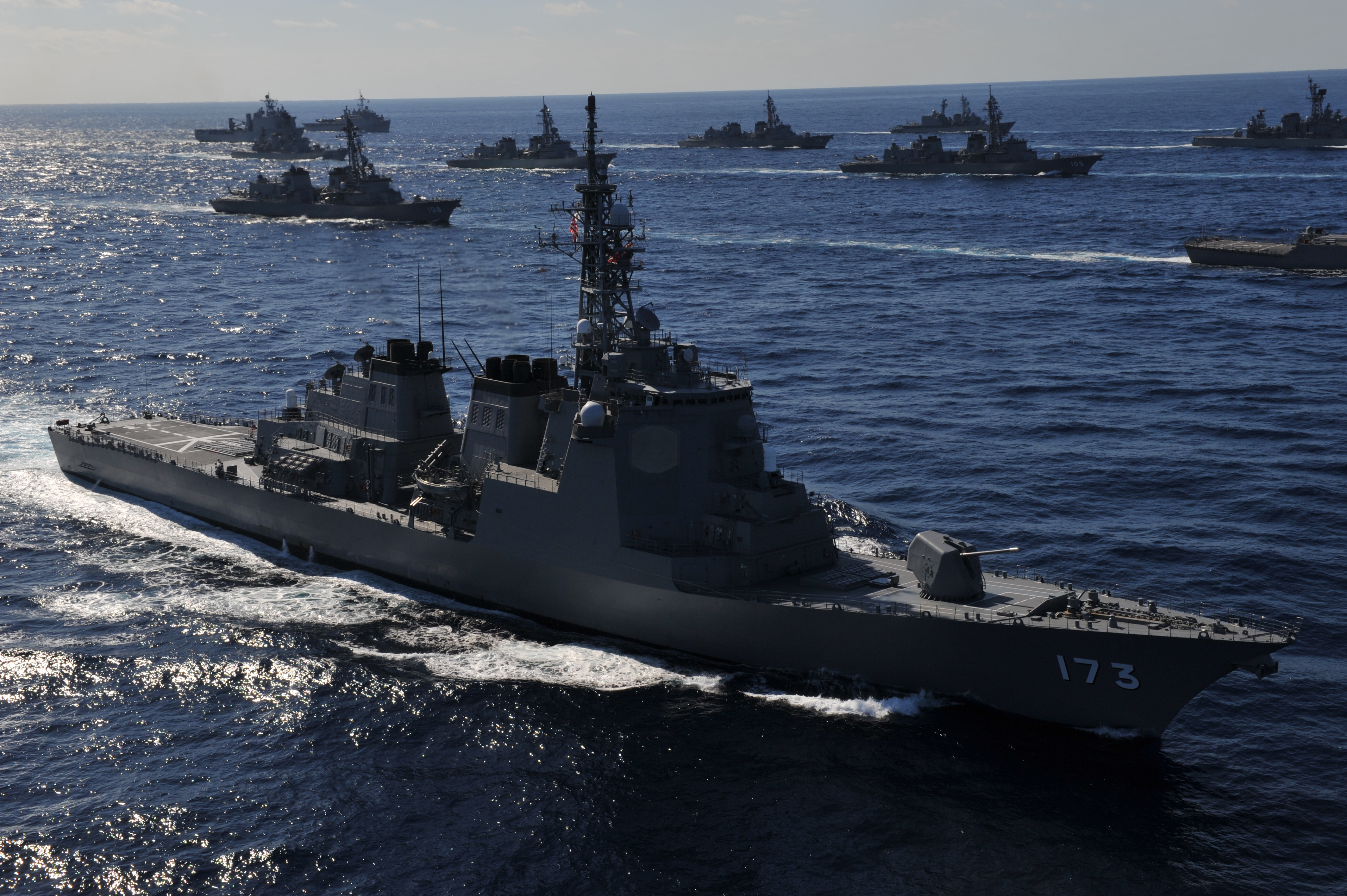
引用:https://www.mod.go.jp/msdf/
金剛山をはじめ、霧島、妙高、鳥海、愛宕、足柄、摩耶、羽黒となっており、アメリカ海軍についで、世界で2番目に多いイージス艦保有国となった。
今回は数あるイージス艦の中の「あたご型」の能力と「こんごう型」との違い、また弾道ミサイル迎撃実験について解説していこう。

あたごの性能が動画で見られるのでお楽しみに♪
この記事に書かれている内容は
あたごの眼となるSPY-1D(スパイワンデルタ)
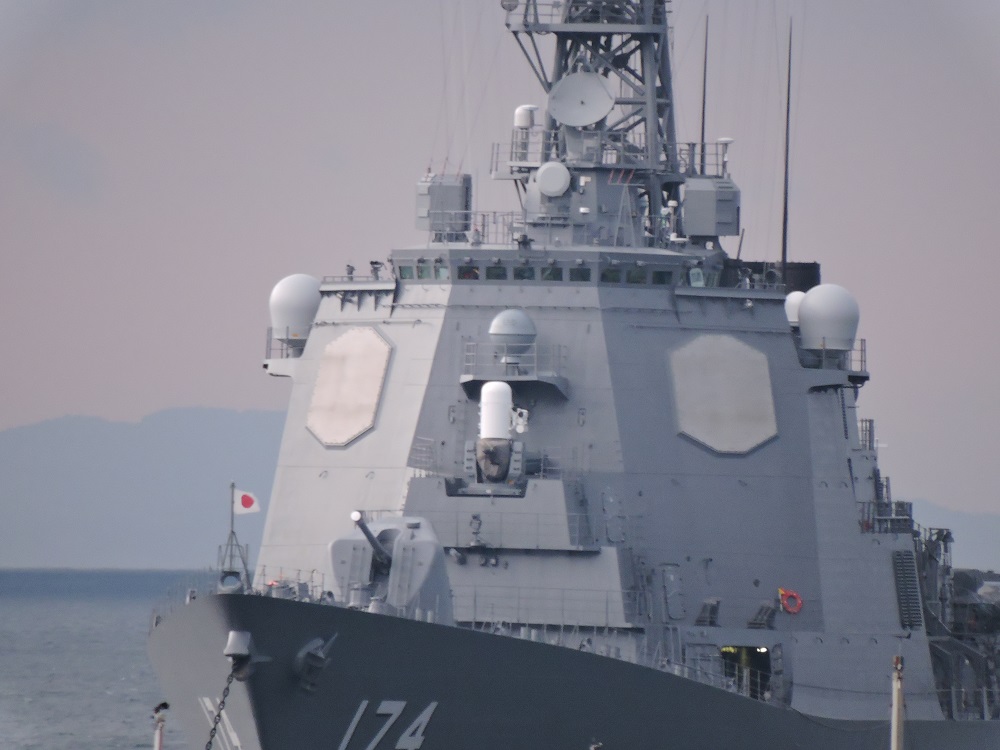
イージス艦の特徴といえば、艦橋周りの4面に装備された8角形のフェーズドアレイレーダーSPY-1D である。
500キロ先の目標でさえ探知できるといわれるSPYレーダーは、まさにイージス艦の眼であり、向かってくるミサイルや航空機を遠距離で探知し、対空ミサイルSM-2を誘導する機能も備えている。
一般的な回転するレーダーとは違い、半球上の範囲を全てカバーできるため、死角がなく、どこからミサイルが飛んできても探知できる能力がある。
あたごは、こんごう型の SPY レーダーから、さらにバージョンアップされ、ミサイルのような小型高速目標と、天頂方向の捜索追尾能力が向上している。
また目標の同時追尾数も増えており、より多くのミサイルや航空機に対処できるようになった。
一方、こんごう型イージスには装備されていない特殊なレーダーが SPQ-9Bだ。
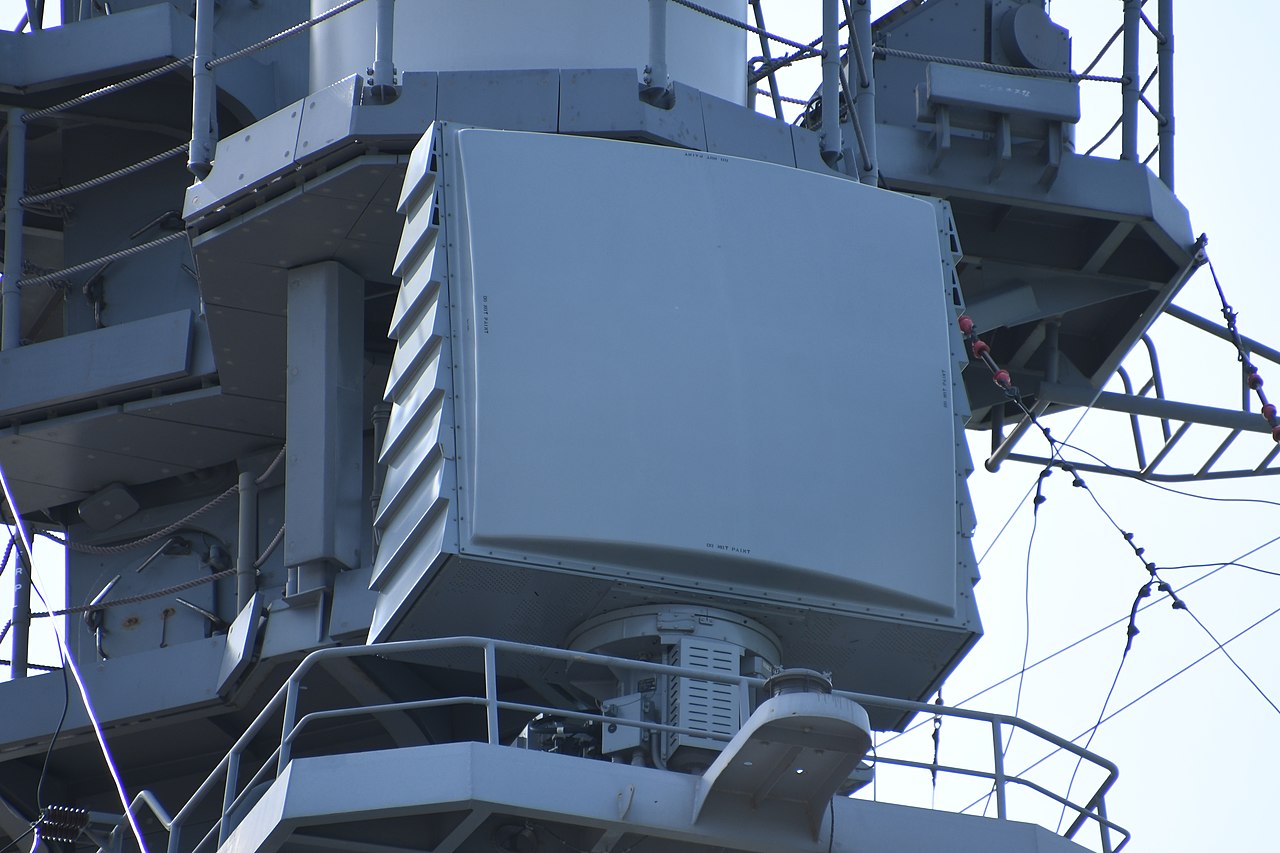
近代化改修によって新たに追加されたこのレーダーは海上自衛隊では初めての装備となる。
フェーズドアレイが表と裏の2面についていて、毎分60回転で水上捜索を行う。
通常の水上レーダーと違いう点は、波長の短い周波数を使用することで、海面からの余計な反射波の中からでも近づくミサイルを探知追尾することが可能だ。
ミサイル以外にも、小型の水上目標や潜水艦の潜望鏡も探知できる能力がある。
このレーダーは、もともとアメリカのイージス艦や空母、強襲揚陸艦に装備されていたものであるが、あたご、あしがらは近代化改修により SPQ-9Bが装備された。
あたご型とこんごう型の違い
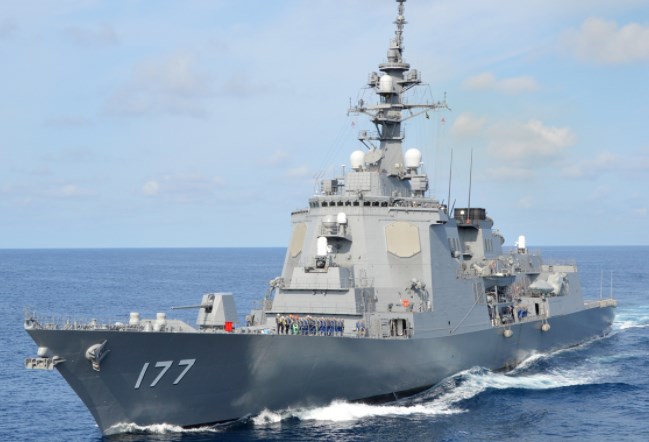
あたご型とこんごう型の一番大きな違いといえば、ヘリコプターを搭載できる格納庫がある点だろう。
そのため、全長は4m長くなり、排水量も500トン増加している。
こんごう型もヘリコプターの発着艦は可能であるが、格納庫がないため人員や物品輸送など一時的な運用のみに限定されている。
SH-60Kと呼ばれるヘリコプターは上空から敵の水上艦艇や潜水艦をあらゆるセンサーを使って捜索、探知し、そのデータを艦艇に送信して攻撃の準備を行うのが主な任務だ。

あたご、あしがらは格納庫のほかにも、航空管制室、搭乗員待機室なども準備されているが、航空機の整備を行う第5分隊は乗っておらず、現状はこんごう型とほぼ同じ運用といえる。
その他にも、マストと主砲が大きく変わっている。
こんごう型は従来の護衛艦と同様のラティスマストであるが、あたご型はステルス性の高いステルスマストに変更されている。

主砲については、こんごう型のメララ 54 口径 127mm砲にかわり、米海軍 62口径 127mm砲になっており、マストと同様にステルス性を重視した形状になっている。

弾道ミサイルをSM-3で破壊せよ!
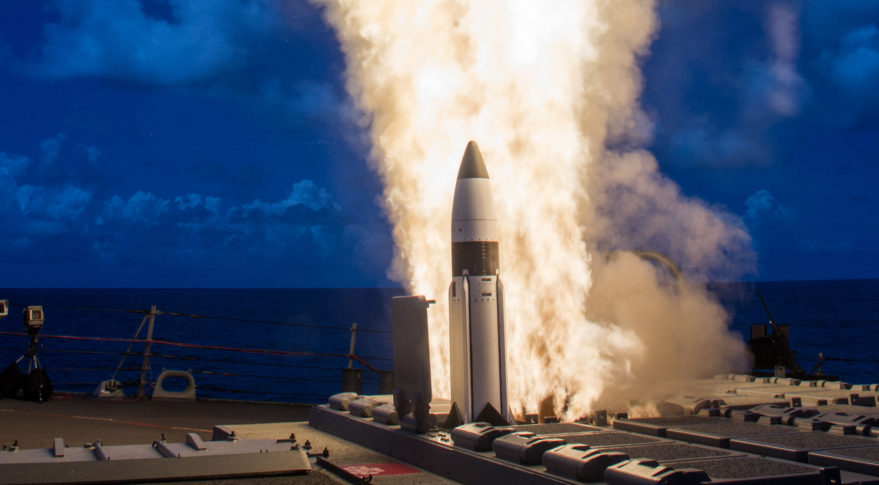
イージス艦の任務として、とくに重要なのが弾道ミサイルから日本を守るBMDである。
BMD とはバリスティック・ミサイル・ディフェンスの略で、弾道ミサイル防衛を意味する。
平成30年9月 あたごはパールハーバーに入港後、ハワイ沖にてSM-3の発射試験を行い、BMD艦として認定された。
SM-3は発射後、分離しながら大気圏外に出て、弾道ミサイルを破壊する。
このとき、SPYレーダーは発射された弾道ミサイルを宇宙空間まで追尾し、SM-3を誘導する役割を果たす。
通常のミサイルのように炸薬による破壊ではエネルギーが足りないため、弾等部分をダイレクトにヒットさせてその衝撃で物理的に破壊するのだ。
炸薬で破壊する場合、その爆発エネルギーが拡散してしまい弾道ミサイルを破壊することができないからだ。
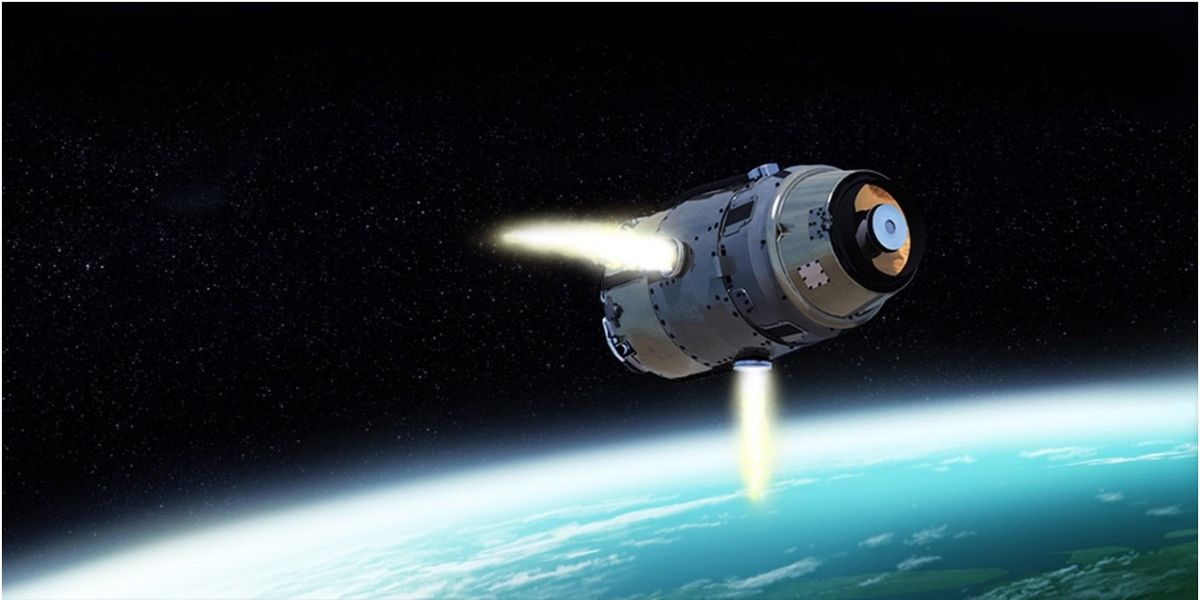
つまり、鉄砲の弾を鉄砲の弾で撃ち落とすよりも遥かに速い領域で衝突させなければならない。
BMDのミッションは非常に高度な技術を要するのは言うまでもない。
今後のあたご型はどうなるのか?
海上自衛隊が導入した2世代目のイージス艦「あたご」
非常に優れた戦闘力をもつあたご型であるが、海上自衛隊は今世紀半ばまで運用すると報じている。
2018年にハワイ沖にて模擬弾道ミサイルを大気圏外で迎撃に成功しており、ミサイル防衛システムの能力の保有が確認された。
今後もイージスシステムやBMDのバージョンアップ、武器もSM-6やSM-3ブロック IIA(ツーエー)などにアップデートされていくことが予想される。
What are the abilities of the Aegis Destroyer ship “Atago”? What are the differences with the “Kongo-class destroyer”?
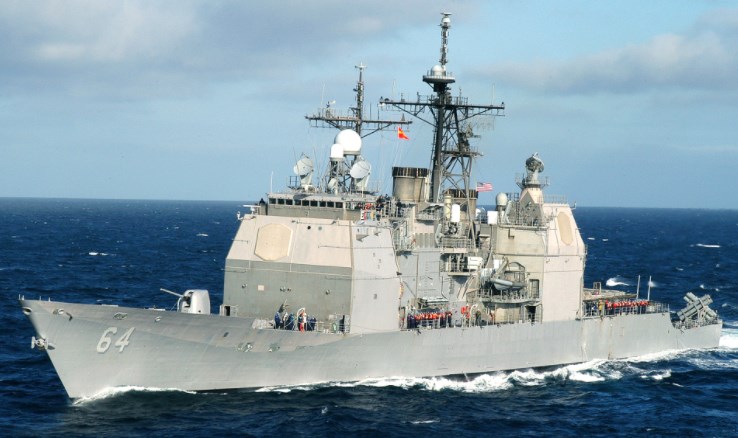
The Aegis ship first appeared in 1983.
The Aegis system, researched and developed by the US Navy in the 1970s, was created primarily for anti-aircraft combat.
The system automatically identifies enemies and allies, evaluates threats, selects interception targets, etc., and automatically launches missiles when humans do not have time to make decisions or operate, such as during sudden missile attacks.
In other words, the Aegis system automatically launches missiles without human judgment.
The world’s first Aegis ship, the USS Ticonderoga, is named after “Fort Ticonderoga”, built in the 18th century in northern New York state.
The Aegis system installed in the USS Ticonderoga of the US Navy is an advanced combat command system that is completely different from conventional ships, and even after 37 years, it is still adopted by the US Navy as the world’s best air defence system.
The Aegis ship that went into service in Japan in 1993 was the “Kongo”, and the Japan Maritime Self-Defense Force now currently owns four Kongo-class destroyers, two Atago-class destroyers, and two Maya-class destroyers.
As of 2020, the second Maya-class destroyer, “Haguro”, is in the process of being placed into service, so that a total of seven Aegis ships can operate.
All Japanese Aegis ships are named after mountains.
Including Mt. Kongo, Kirishima, Myoko, Chokai, Atago, Ashigara, Maya, and Haguro, and the Japanese Maritime Self-Defense Force has become the force with the second-largest Aegis ship possession in the world after the US Navy.
In this video, I will explain the difference between the abilities of the “Atago-class” and the “Kongou-class” among the many Aegis ships Japan holds, as well as the ballistic missile interception experiment.
SPY-1D (Spy One Delta); The eye of the “Atago”

The characteristic of the Aegis ship is the octagonal phased array radar SPY-1D equipped on four sides around the bridge.
The SPY radar, which is said to be able to detect targets even 500km away, are the eyes of an Aegis ship, and also has the function of detecting incoming missiles and aircraft at a long distance and guiding the SM-2 anti-aircraft missile.
Unlike a general rotating radar, it can cover the entire range on the horizon, so there are no blind spots and it has the ability to detect wherever a missile flies.
“Atago” has been further upgraded from her Kongo-class SPY radar, with improved small high-speed targets such as missiles and zenith-oriented search and tracking capabilities.
The number of simultaneous targets has also increased, making it possible to handle more missiles and aircraft.
On the other hand, the SPQ-9B is a special radar that is not equipped on the Kongo-class destroyer.
This radar, newly added by modernization and refurbishment, will be equipped by the Maritime Self-Defense Force for the first time.
There are two-phased arrays on the front and back, and a water search is performed at 60rpm.
The difference from the ordinary surface radar is that by using a frequency with a short wavelength, it is possible to detect and track missiles that are approaching even from the extra reflected waves from the sea surface.
In addition to missiles, it has the ability to detect small surface targets and submarine periscopes.
This radar was originally equipped on American Aegis ships, aircraft carriers, and amphibious assault ships, but “Atago” and “Ashigara” were equipped with her SPQ-9B by modernization and refurbishment.
Difference between Atago-class destroyer and Kongo-class destroyer
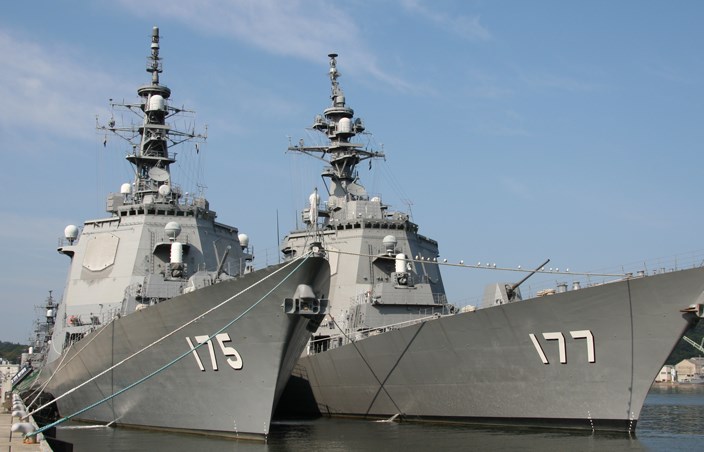
The biggest difference between the Atago-class destroyer and Kongo-class destroyers is that the Atago-class has a hangar that can carry helicopters.
Therefore, the total length of the Atago-class is 4m longer and the amount of drainage is higher by 500 tons.
The Kongo-class can also depart and land helicopters, but since there is no hangar, it is limited to temporary operations such as transporting personnel and goods.
The main task of a helicopter, called SH-60K, is to search and detect enemy surface ships and submarines from the sky using all kinds of sensors and send the data to the ships to prepare for an attack.
In addition to the hangar, “Atago” and “Ashigara” have an air traffic control room, a crew waiting room, etc., but the 5th squad that maintains the aircraft is not on board, and it can be said that the operation is almost the same as the Kongo-class at present.
Furthermore, the mast and the main gun have also changed significantly.
The Kongo-class has a Lattice mast similar to the conventional escort ship, but the Atago-class has been changed to a stealth mast with high stealth.
As for the main gun, instead of the Kongo-class Melara 54 calibre 127mm gun, the US Navy 62 calibre 127mm gun is used, and it has a shape that emphasizes stealth, like the mast.
Destroy the ballistic missiles with the SM-3!

A particularly important mission of the Aegis ship is “BMD”, to protect Japan from ballistic missiles.
“BMD” stands for Ballistic Missile Defense.
After arriving at Pearl Harbor in September 2018, “Atago” conducted a launch test of the SM-3 off the coast of Hawaii and was certified as a BMD ship.
After launching, the SM-3 separates and leaves the atmosphere, destroying ballistic missiles.
The SPY radar tracks the launched ballistic missile into outer space and plays a role in guiding the SM-3.
Since the energy is not enough to destroy with explosives like a normal missile, the bullets and other parts hit the missile directly and physically destroy it through its impact.
This is because when destroying with an explosive charge, the explosive energy is diffused and the ballistic missile cannot be destroyed.
In other words, you have to hit the missile much more control than shooting down a gun bullet with another gun bullet.
It goes without saying that the BMD mission requires a very high level of skill.
What will happen to the Atago-class in the future?
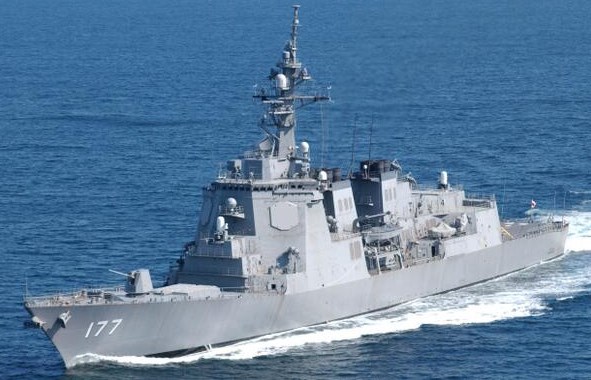
The second-generation Aegis ship “Atago” has been introduced by the Maritime Self-Defense Force.
It is an Atago-class destroyer with extremely good combat power, and the Maritime Self-Defense Force reports that it will operate until the middle of this century.
In 2018, it succeeded in intercepting a simulated ballistic missile off the coast of Hawaii outside the atmosphere, and it was confirmed that it possesses the capability as a missile defence system.
It is expected that the Aegis system and BMD will be upgraded, and the weapons will be updated to SM-6 and SM-3 Block IIA.
Amazonのオーディオブック12万タイトルの本を好きなだけお楽しみいただけます。・本の1冊分の月額で聴き放題
・料金をメリットが上回る
・いつでも読書できる
・読書量が格段に増え、積読が解消される
・長時間の読書も目が疲れない
・聴くたびに学びを感じる



